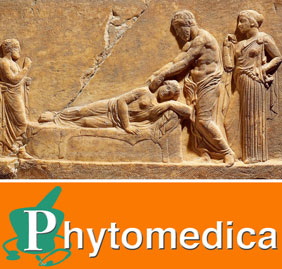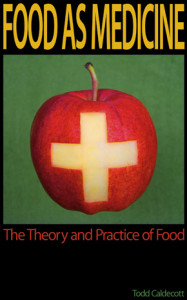This week while browsing the news sites, I came across Dr. David Andrew Pinsky, more commonly known as TV personality "Dr. Drew", commenting on the health record of Hillary Clinton. A few weeks ago, the New York Times published a letter written by Former Secretary Clinton’s medical doctor, providing an assessment of her physical condition. According to Dr. Pinsky, when he reviewed this letter with a colleague, both of them "concluded that if we were providing the care that she was receiving, we’d be ashamed to show up in a doctor’s lounge,” adding that Mrs. Clinton is receiving a "1950-level” of health care. While the ethics of making public comment about someone’s health issues based on second-hand information are normally problematic, it is nonetheless true that Former Secretary Clinton is applying for a very public and important position, and the issues related to her health care are a legitimate matter for public debate and discussion. Intrigued by what Dr. Pinsky said, I … [Read more...]

Migraines, magnesium, & brown rice
Soon after I published Food As Medicine in 2011, I received an email from a reader, who wrote about her experience with migraines and magnesium. A long-time lacto-ovo vegetarian, she told me that she took supplemental magnesium each month to control her premenstrual migraines, and that it was the only thing that worked for her. To be sure, it's been known for years that magnesium can be helpful in the prevention of premenstrual migraines. Several studies have shown that low serum magnesium is an independent risk factor for migraine headaches, and that magnesium can be used therapeutically to both prevent and treat migraines, as well as a host of other disorders characterized by spasm. She couldn't understand why she might be magnesium-deficient, however, because she ate a lot of brown rice, and had been told that brown rice was high in magnesium. According to nutritiondata.com, rice indeed tops the list of all magnesium-containing foods, at 781 mg per 100 mg. Although this refers … [Read more...]

Some musings on meal times
One of the central tenets of eating in traditional medicine, is that we probably eat too much. According to an ancient Chinese legend, when the people of earth were starving the Emperor of Heaven gazed down upon them with compassion, and called the Ox god to him. “The people are starving," the Emperor said, "but if they work hard they could produce enough food to eat once every three days. Please fly down to earth and tell them this message.” The Ox god did as he was told, and on his way flying down from Heaven, began to recount what the Emperor had told him. “Oh my, what did he say again?" the Ox god asked himself. "If the people work hard, they can eat… hmm… three times…? Yes, that’s it! They can eat three times a day!” When the Ox god arrived on earth, he called all the people to him, and told them that the Emperor of Heaven said that if they work hard they can produce enough food to eat three times a day. The starving people were overjoyed with the news, and the Ox god feeling … [Read more...]

Is drinking from copper healthy?
I was recently forwarded this short article on the benefits of copper, and was asked if there was any truth to the claims. The author of the article is a noted superfoods guru, and suggests that to improve our health we should be eating and drinking from copper dishware. Specifically, the author makes several claims in support of this assertion, that copper "stimulates the brain” and "balances the thyroid". A quick search on google, and I easily found other websites making the same types of conjectures. Normally I wouldn’t care what someone says, but when there is a health risk involved, I have a duty to respond if asked. Copper is one among 14 different trace minerals required by the body. Although we require it in relatively tiny amounts, it plays a number of key roles, and like all oxygen-dependent (aerobic) organisms on earth, we can’t live without it. As a constituent of the enzyme cytochrome c oxidase, copper plays a critical role in cellular energy production, catalyzing the … [Read more...]

Treatment of sarcoptic mange
A few weeks ago, I noticed that my white female husky-collie cross, who is already very pink in her nether regions, was decidedly pinker. I asked her to come over, rolled her on her back and examined her belly. To my surprise, her entire abdomen was covered in scabs. Upon closer examination, I noticed that the scabs were also in her armpits, around the base of her tail, and also on her back. I called the other dogs over, and took a look at them as well. While it wasn’t as extensive, it was clear that they had the same problem. It clearly was some kind of infestation, but I wasn’t quite sure which. It sort of looked like a bacterial infection, with the immature sores exuding a kind of yellow-green pus, soon followed by a blackish-colored scab. Many of these lesions had coalesced into larger patches. While it didn’t look like a demodex infestation, something akin to the pathogen I reviewed in my post on rosacea, it could be sarcoptic mange. Sarcoptic mange. What a bad-ass sounding … [Read more...]






